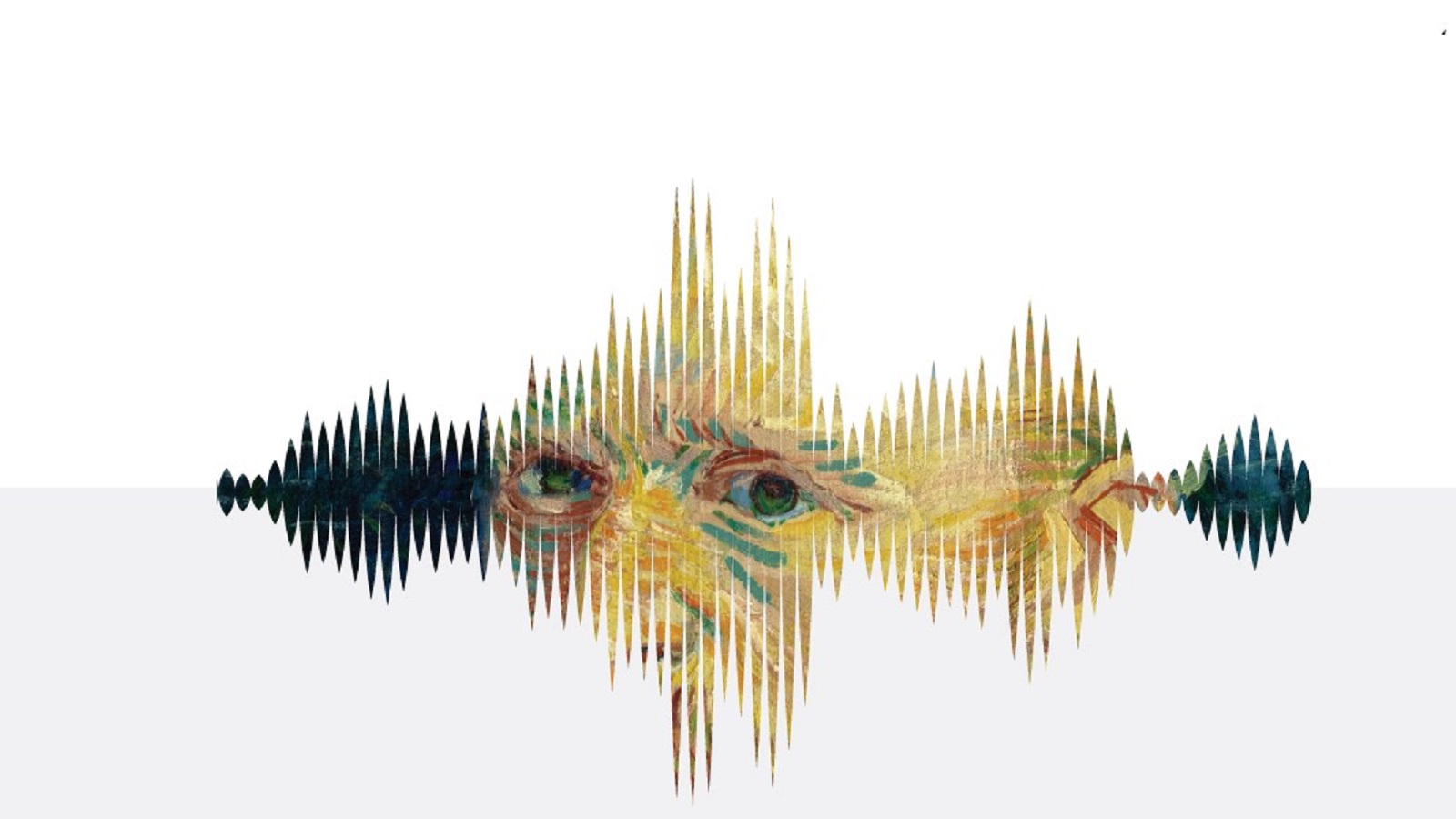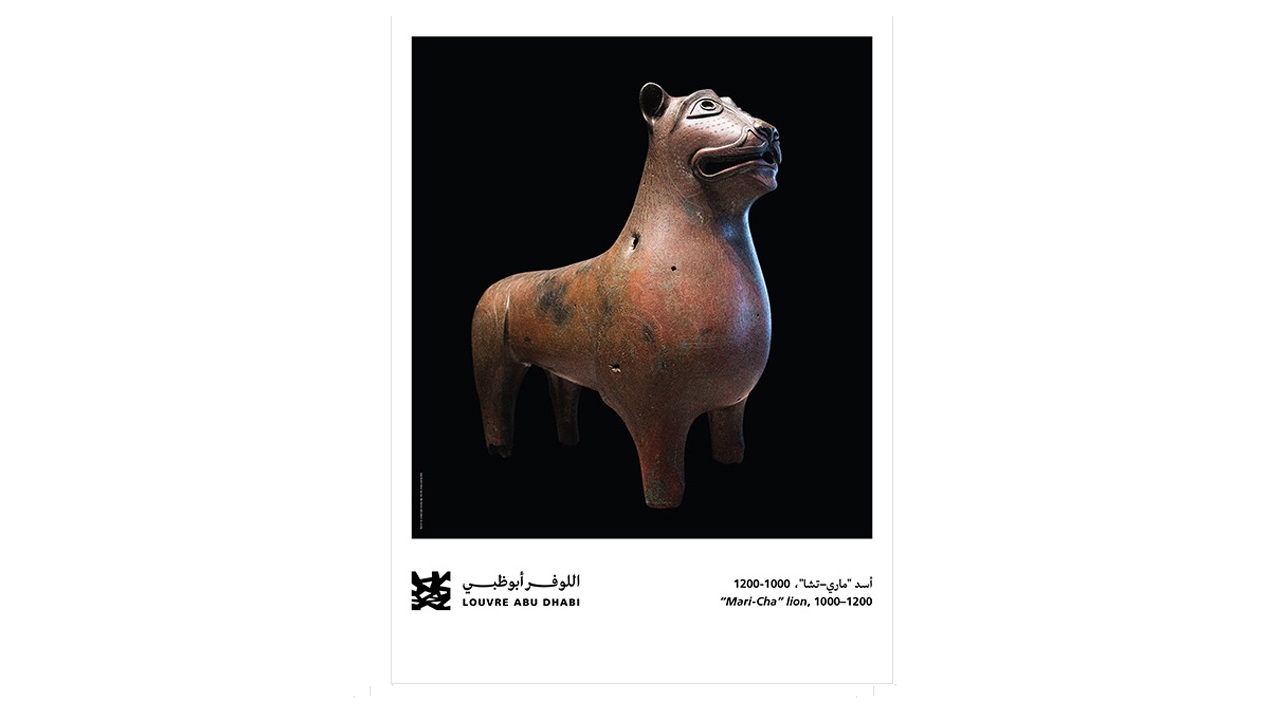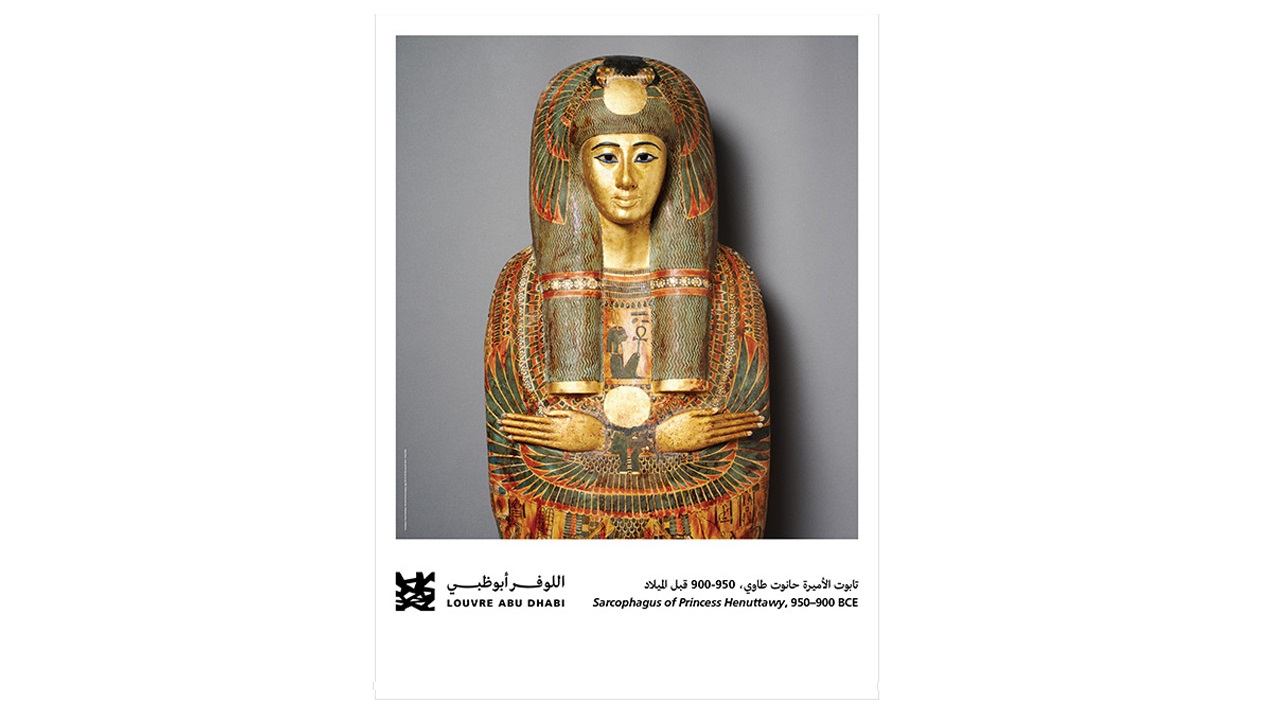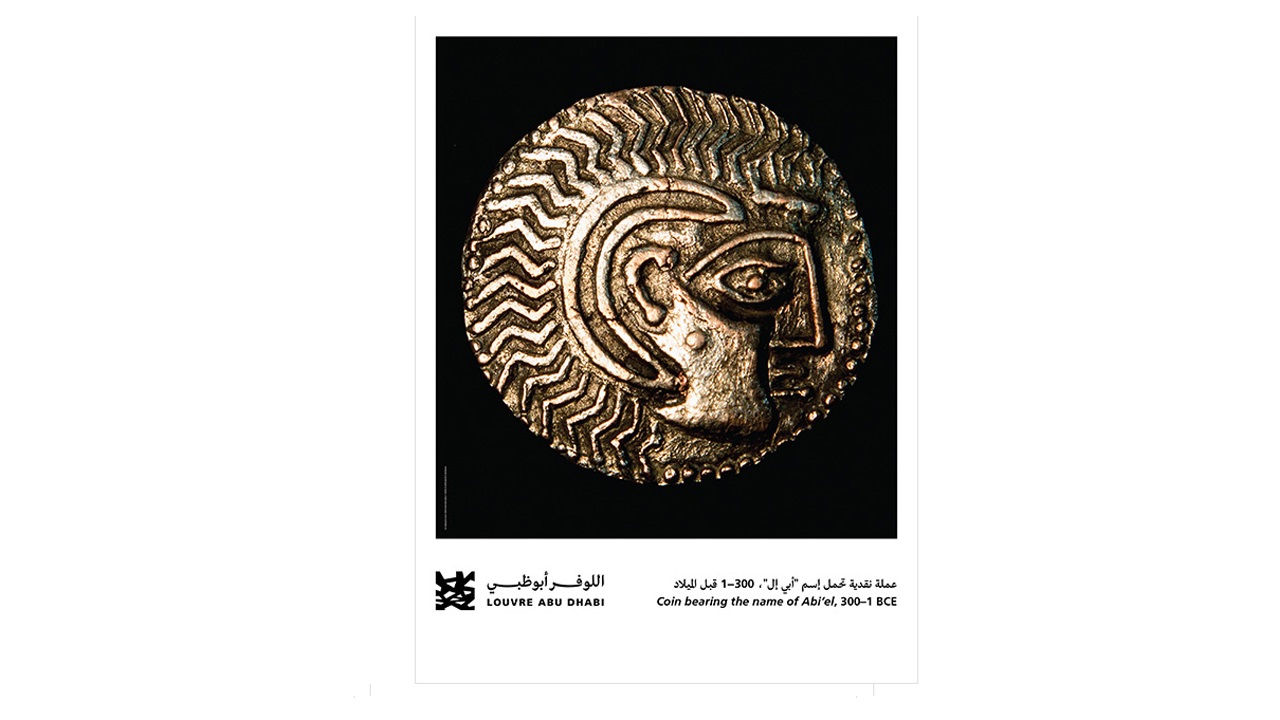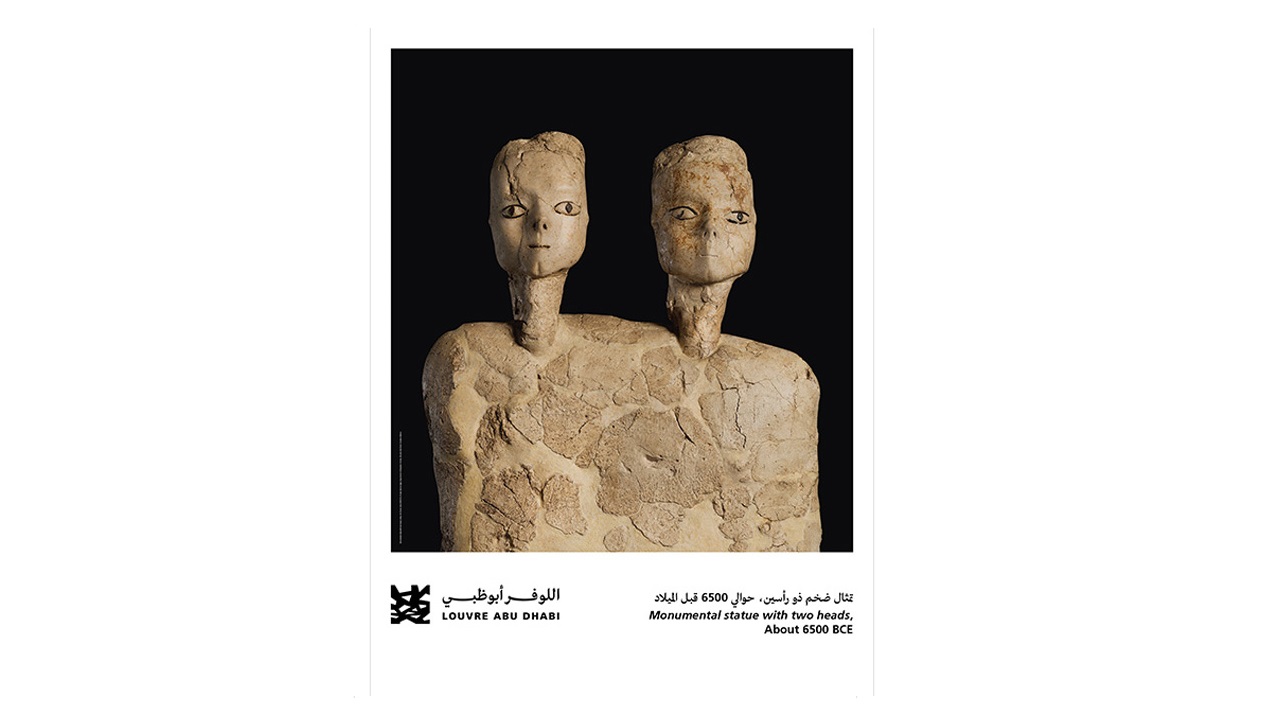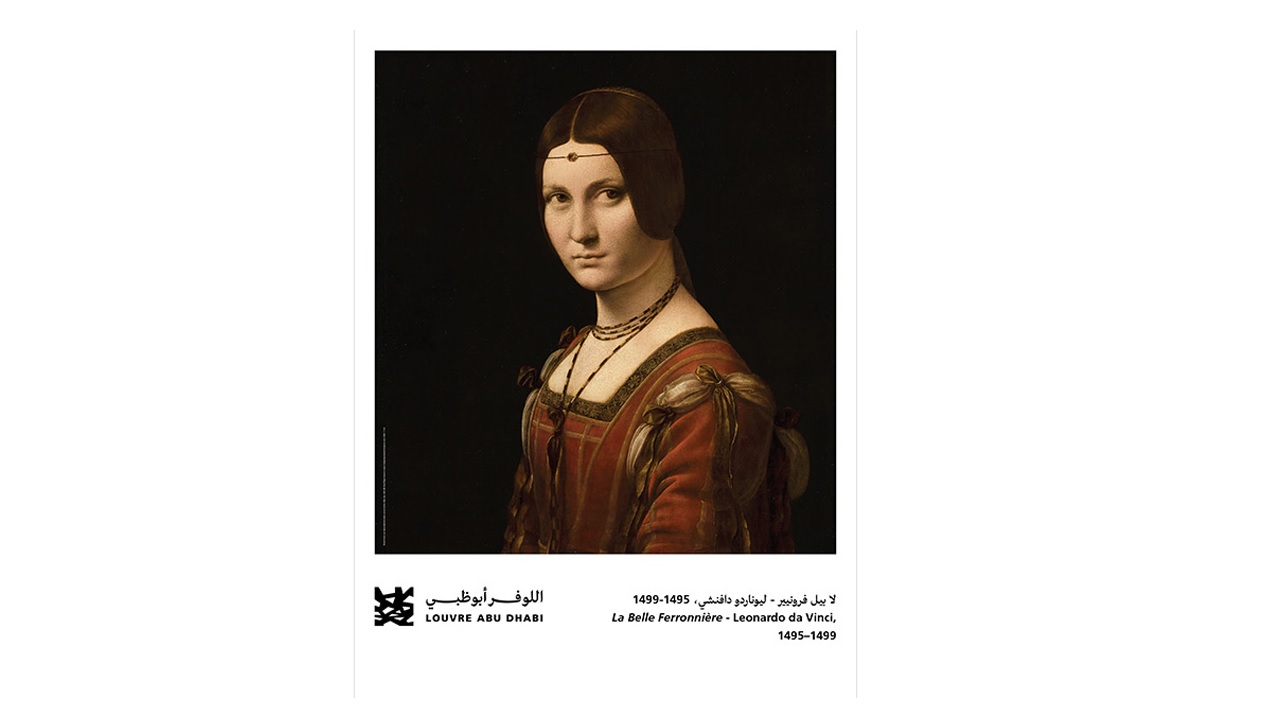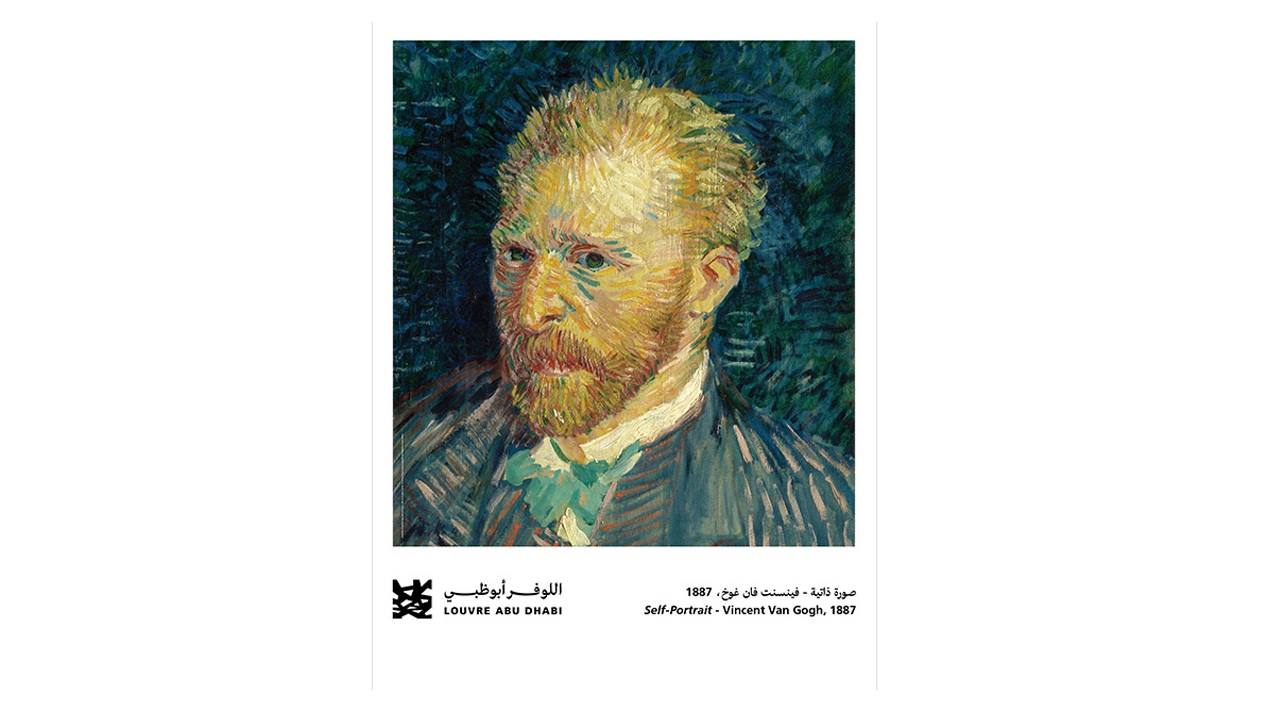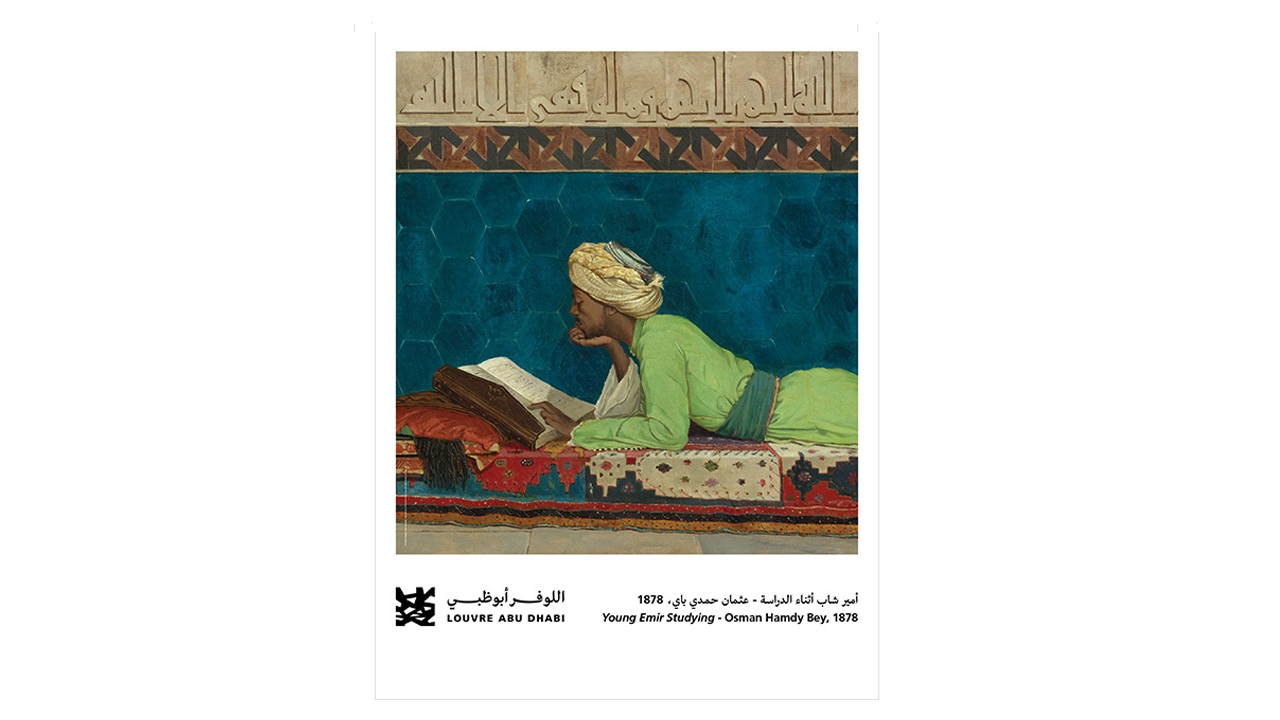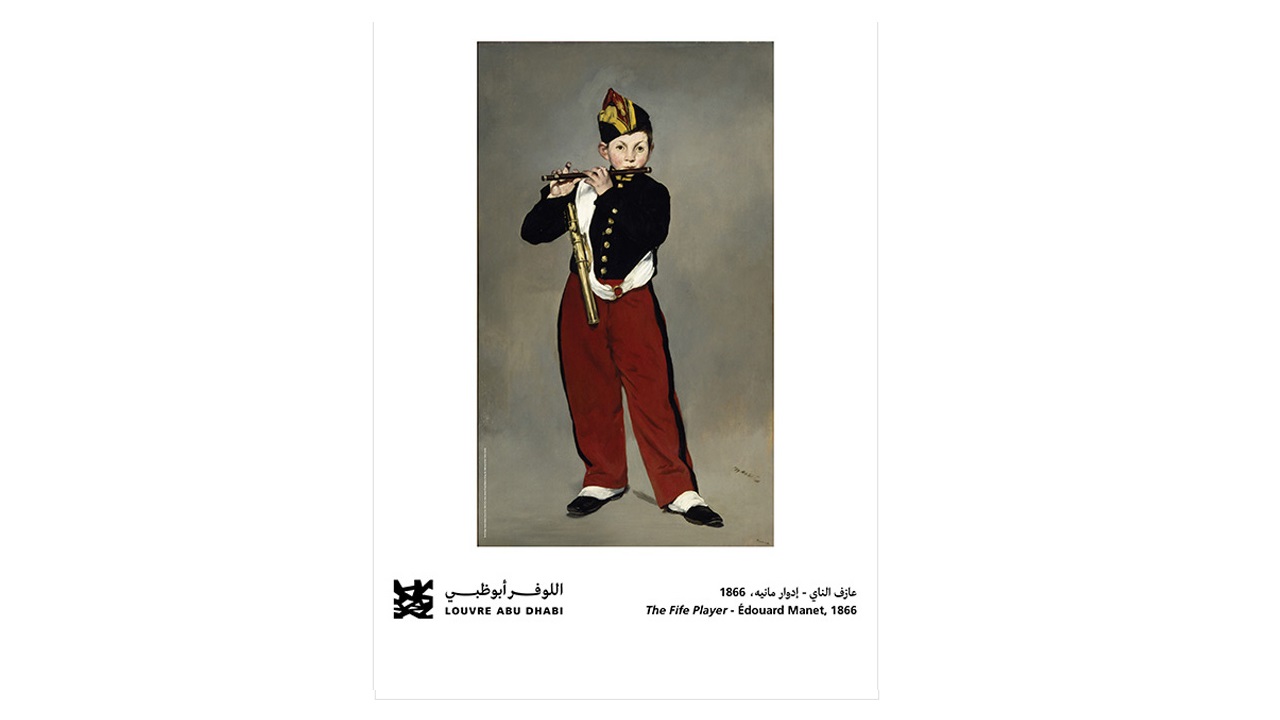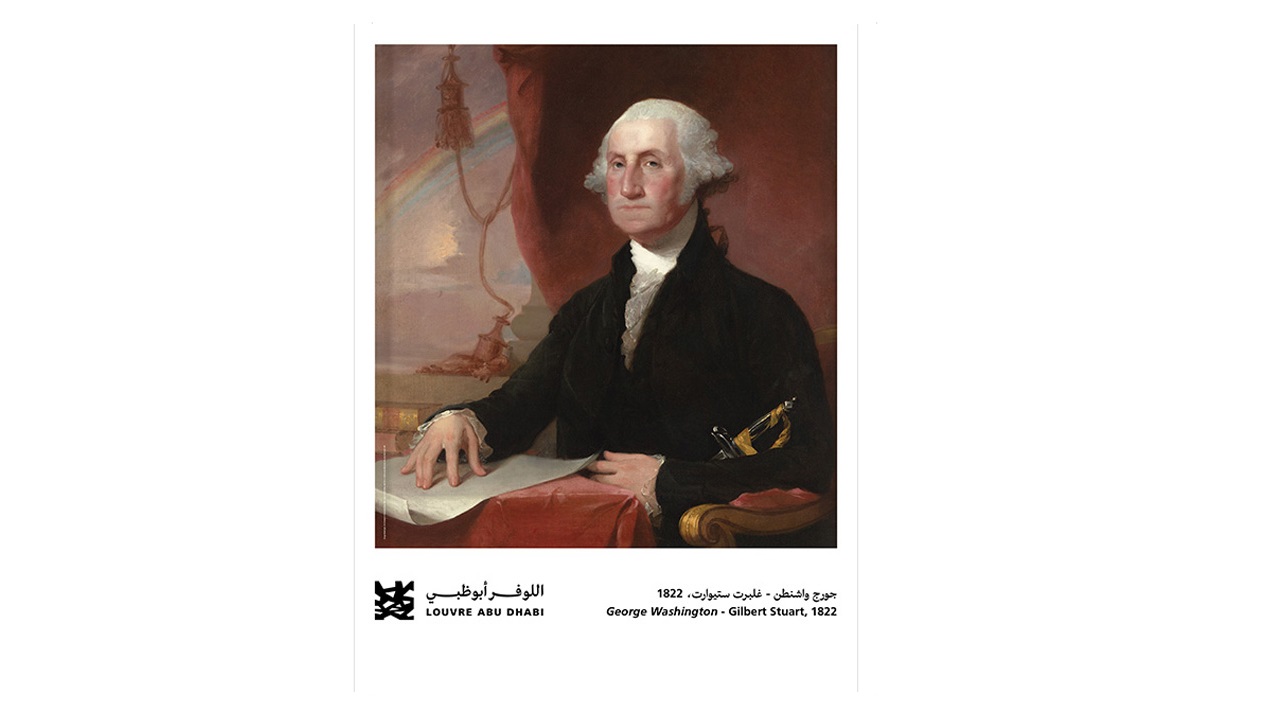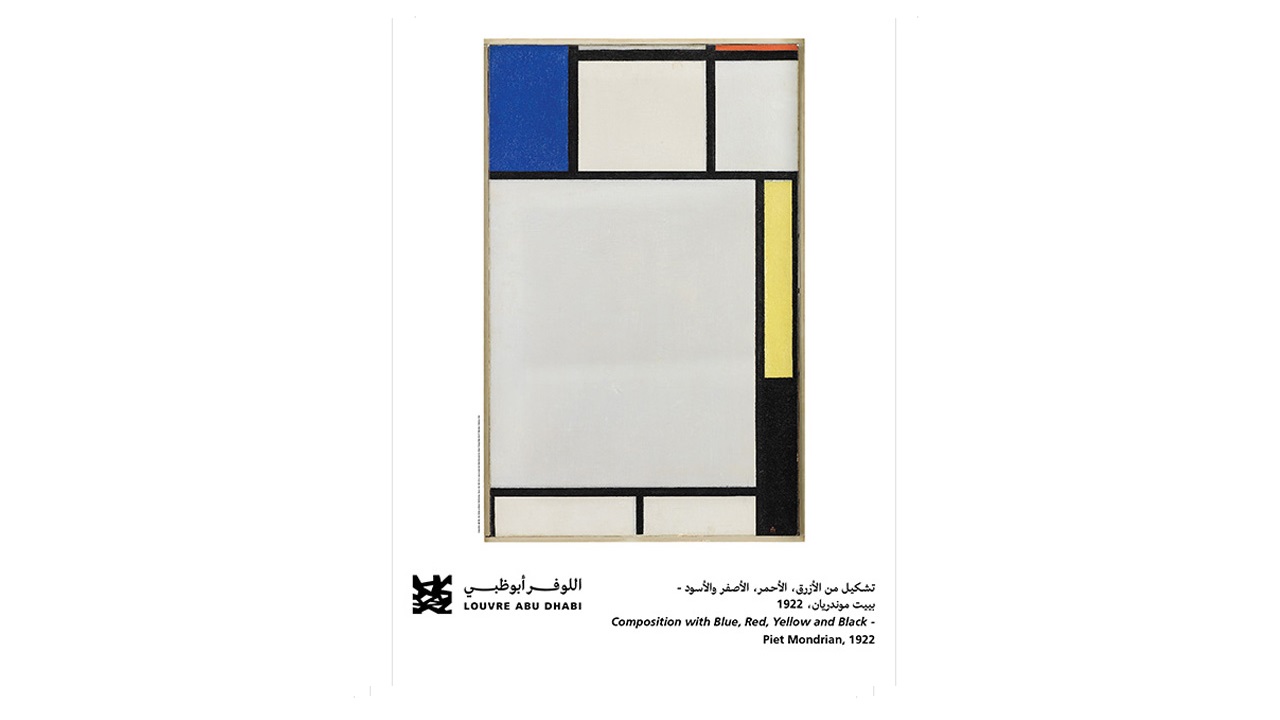On November 8th, 2017, the Louvre Abu Dhabi opened its gates to the world. Situated on the Saadiyat Island Cultural District, the museum’s 24,000 square meters are home to some of the world’s most important artworks being showcased to bridge the gap between Eastern and Western art. The first universal museum of the Arab world decided to lure art enthusiasts and museum-goers to come and explore its exquisite galleries and historical treasures from a new perspective.
Just in time for the United Arab Emirates’ Innovation Month and with the aim to promote cultural content among the local audience, the art-and-civilization museum launched the Highway Gallery, a not-so-traditional art exhibition that rose outside the museum’s walls on the E/11 Sheikh Zayed road in February.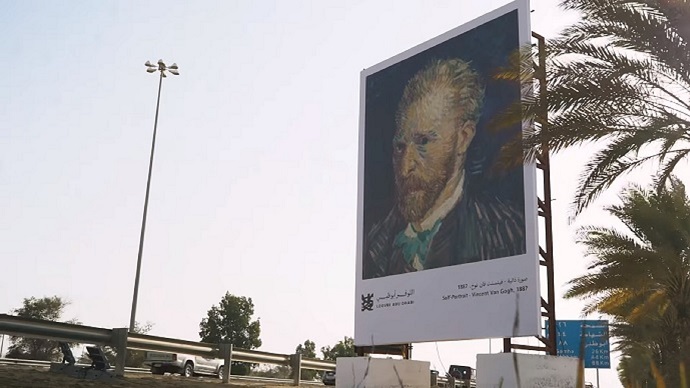
Until 15 March, this lush desert road strip, which stretches over 100 kilometers, became a home to 10 artworks and artifacts which colored the days of the 12,000 commuters who use this route to travel from Dubai to Abu Dhabi every day.
The unconventional gallery was created in partnership with TBWA\RAAD agency and the Abu Dhabi Media Company and showcased OOH panels with works of art that are part of the museum’s collection. In addition to the billboards, the esplanade was complemented by a series of 30-second-long audio guides provided by Classic FM, Radio 1 FM, and Emarat FM to help drivers learn more about the masterpieces placed alongside the road.
Finding themselves near to the billboards and with the radio station tuned to either 91.6 FM, 100.5 FM, or 95.8 FM drivers were presented to a short description about each art piece that appeared before their eyes.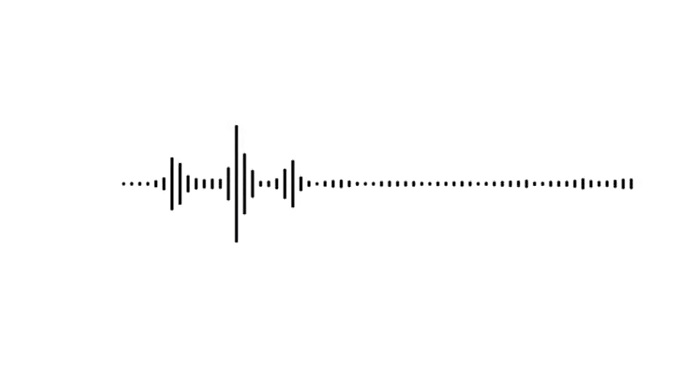
The first-of-its-kind audio-visual experience exhibited prehistoric artworks, paintings from the Renaissance era, and even modern pieces. The Ancient works of art included in the unique gallery were the “Mari-Cha” lion (circ. 1000-1200), the Egyptian Sarcophagus of Princess Henuttawy (circ. 950-900 BC), a 2,000-year-old coin from the UAE (300 – 1 BC), and an 8,000-year-old two-headed statue (circ. 6500 BC).
The Renaissance masterpiece that was on display showcased Leonardo da Vinci’s La Belle Ferronnière (1495-99), accompanied by modern pieces such as Van Gogh’s 1887 Self Portrait, Édouard Manet’s The Fife Player (1866), Osman Hamdi Bey’s Young Emir Studying (1878), Gilbert Stuart’s portrait of George Washington (1822), and Piet Mondrian’s Composition with Blue, Red, Yellow and Black (1922).
“We decided to launch the first-ever – in the world – roadside gallery. The concept is: you’re on the highway for about an hour and a half and we have a lot of art here, and so we brought the art to you on the road. You can see a piece and listen to a nicely curated explanation of it. It’s entertaining and educating for the driver, and for the children if they’re in the car,” said Saif Ghobash, the Director General Department of Culture and Tourism – Abu Dhabi (DCT).
The outdoor exhibition featured a series of giant billboards (9×6 meters) that follow an interesting formula: The bigger the panels, the higher the chances to reach a wider audience. Unfortunately, a formula that raises a little bit of concern. Placing such large panels on roads might prove distracting to drivers (at the same time, this comes as no surprise since the main purpose of these billboards is to get people’s attention). Many studies have pointed out that digital billboards are a threat to traffic safety. On the other hand, if handled properly, some of these panels might prove quite useful when fighting fatigue.
For example, to combat sleepiness while driving between Balladonia and Caiguna, a road strip commonly known as the “90 Mile Straight,” one of the world’s most boring roads, Australian officials have installed a series of road signs that are actually part of a trivia game.
This is a pretty exciting way to keep fatigue away. But still, where do you draw the line? When are billboards helpful and when do they pose a threat? Let us know by sharing your opinion in the comments section below. But first, let’s take a sneak peek at the 1-minute-long video that perfectly captured the road’s magic during the exhibition.
Credits:
Client: Louvre Abu Dhabi
Agency: TBWA\RAAD
